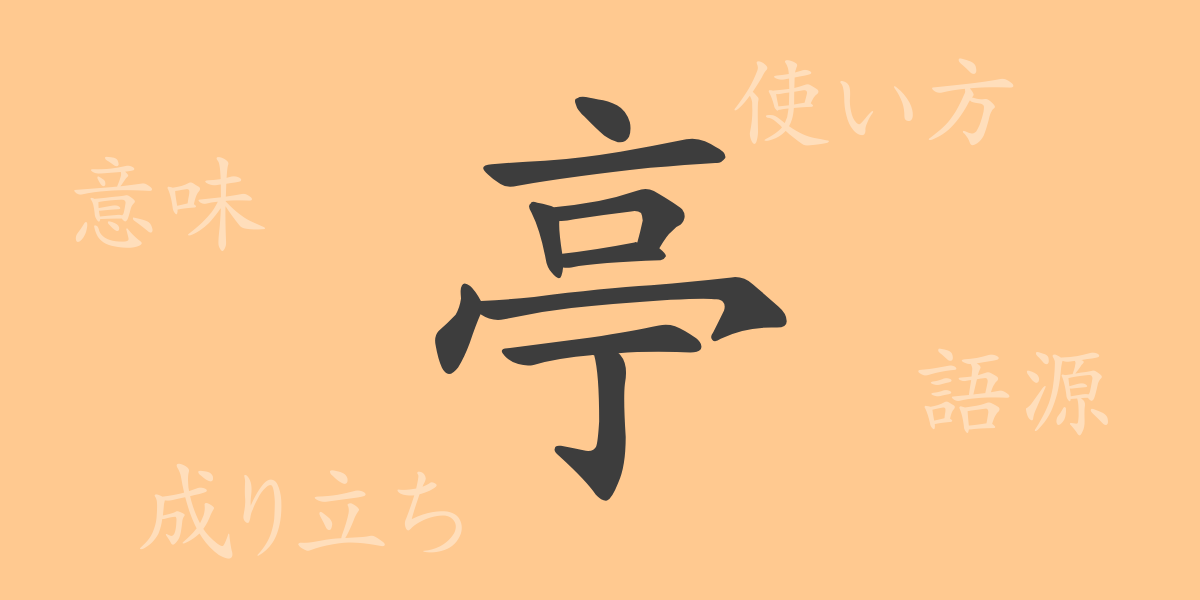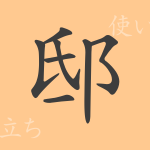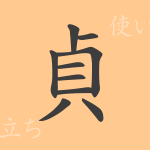Kanji, deeply rooted in Japanese culture, carries with it a history and narrative in every character. ‘亭(てい)’ is one such character, closely connected to the daily life and culture of the Japanese people. This article delves into the origins, meanings, and usage of ‘亭’, exploring its charm through idioms and phrases it features in.
Origins of ‘亭(てい)’
The Kanji ‘亭’ originated in ancient China as a term for architectural structures. Its design, characterized by pillars supporting a roof, traditionally represented buildings meant for rest or waiting. Over time, the character was introduced to Japan where it developed a unique cultural significance.
Meaning and Usage of ‘亭(てい)’
In modern Japanese, ‘亭’ is commonly used to denote buildings and facilities. It often appears in the names of restaurants and inns, adding a touch of elegance and tranquility. Additionally, it is sometimes used in personal names, where names like ‘雅亭(がてい)’ evoke a refined and cultured impression.
Readings, Stroke Count, and Radical of ‘亭(てい)’
Understanding the readings and structure of ‘亭’ enhances its comprehension:
- Readings: The On’yomi (Sino-Japanese reading) is ‘テイ’, with no specific Kun’yomi (native Japanese reading).
- Stroke Count: ‘亭’ consists of 9 strokes.
- Radical: The radical is ‘亠(なべぶた)’.
Idioms, Phrases, and Proverbs Using ‘亭(てい)’
There are numerous idioms and phrases involving ‘亭’ in Japanese, each enriching its narrative:
- 茶亭(さてい): A tea house, a place serving tea.
- 梅亭(ばいてい): Often refers to a garden renowned for its beautiful plum blossoms.
- 亭主関白(ていしゅかんぱく): An idiom describing a household where the husband exercises dominant authority, reflecting the male-dominant culture.
Conclusion on ‘亭(てい)’
Each Kanji reflects the culture and history of its nation, and ‘亭’ is no exception. Through ‘亭’, we see a longing for spaces of rest and grandeur, and the dynamics within family relationships. Such multifaceted nature of a single Kanji highlights the profound depth of the Japanese language.

























